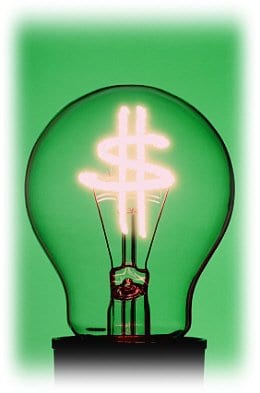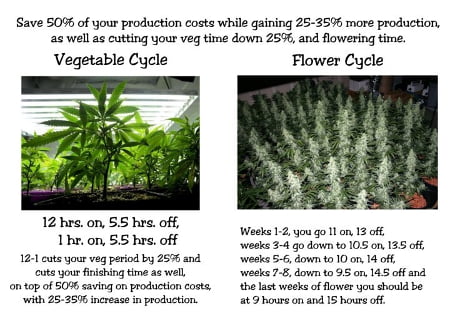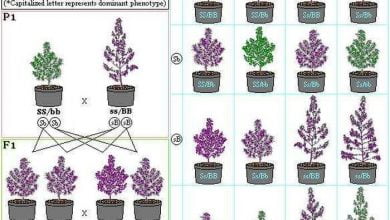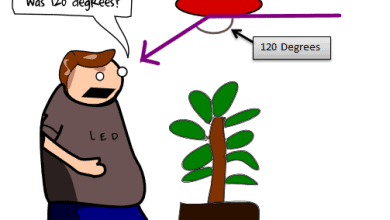4.5/5
(1)
The Gas Lantern Routine for Growing Cannabis

During the course of my observations growing cannabis, I’ve realized that factors such as clone burn-out appear to suggest that overexposure to light is adversely affecting the hormonal balance from the growing plants.
Resulting in the genetics of the cuts and seedlings to degrade over the course of several generations.
Cannabis seems quite happy when the hormones are allowed to properly build up more throughout a natural outdoor vegetative cycle. This may give rise to more balanced amounts of THC and CBD, producing a better reaction to triggering, and better-quality medicinal cannabis being grown.
I turn to the conditions of nature to find the solution, and in an all natural model, I can see that through the point of view of the plants, the sunlight gradually moves past, casting sunbeams and shadows of objects and trees in front, beside, and behind the plant .
This happens successively across photo surfaces during the course of the day. This clearly shows that in the natural environment, the play of sunshine and shadow are significant to the natural progress in the plant.
Even in a northern climate, there is no such thing as 18 hours of direct and intense lighting anywhere to be found, and most areas where the summer is brief, the lighting is no more than 16 hours in total.
During a recent discussion with other growers, we rediscovered a rumored century-old technique that proves how the direct and intense use of light for longer than necessary could be more stressful for the plant than previously known, and may even degrade the plant’s genetic strength.
Now that cannabis growers are starting to cultivate specifically for medicines, the healthiness of the plant must be properly considered so that the full natural potential from the plant may be realized and the fullest expression of the plant’s medicines be produced.
The margin for error is becoming smaller as the mistakes of the past are revealed and medicinally specific growing is gaining importance.The Old Cash Cropping Method.
The widely used cash cropping approach to cannabis cultivation wastes energy. People make use of this method by rote, since they don’t know what the actual requirements in the plants are. It is stressful to the hormonal systems of cannabis, and not necessary to produce fully healthy and productive plants.
It doesn’t understand that overexposure to light is harmful towards the plants, and in addition they under perform in terms of taste, yield, quality, and potency of your medicine, or require supercharged fertilizers to achieve their potential. It’s surprising that these techniques are widely used with profits in mind, since they are clearly expensive and counter productive.The Gas Lantern Routine
This information will seem quite revolutionary to growers who have been making use of the standard cycles to grow cannabis, seemingly with little if any trouble whatsoever. Actually, in a grow that more closely mimics the outdoor growing environment under indoor lighting conditions, the plants can be maintained in vegetative cycle using only a total of 13 hours of light daily.
Which dramatically reduces the price of production.The less is more approach of the Gas Lantern Routine provides growing plant with adequate darkness to promote health, and by inserting a full hour of light in the center of the dark period, the plants are tricked, and neither flower nor express hermaphrodites. The growing plants get more than the average amount of rest, thus reducing stress, and improving plant yield, overall performance, and medicinal quality.
Seedlings and Cuttings
The Gas Lantern Routine
is applicable in seedling phases of plant growth. As stated before, nowhere in nature does the springtime ever provide an 18-hour photosynthesis length; rather, the growing spring light may actually be 12 hours or less.
Lighting for seedlings and cuttings needs to be bright, but compact fluorescent or T5 lighting may be used whilst in the seedling phase. Rooted mature cuttings can immediately light with HID lighting.The Vegetative Schedule
This method is very simple: 12 hours of light, and then five and one half hours of darkness, 1 hour of light exactly, and then a second period of five and one half hours of darkness. Placing full hour of light in the very center of a 12-hour dark period tricks the plant and interrupts the build up of sensitive floral hormones, that would normally trigger flowering by destroying them. The grower simply raises the plants to the desired size before switching to the fall schedule to bloom.
Set Timer for Veg Growth
- 12 hours ON
- 5 1/2 hours OFF
- 1 Hour ON
- 5 1/2 OFF
Using this method, vegetative duration might be also reduced, and with a shorter growth cycle comes more frequent and better production. Vegetative cycles could be shortened by one to two weeks, and flowering can also be shortened a week or even more using this method in conjunction with a diminishing light schedule.
For patients growing their own medicine or for compassionate cannabis providers, production turnover could be increased from four or five crops per year or even more using rotation, and power consumption can be reduced even more by the use of high-intensity fluorescent lighting during vegetation, and overall, power consumption savings could be 50 percent if not more.
The Flowering Schedule for Plants that have been grown up while using Gas Lantern Routine are now supercharged with floral hormones, and ready to enter into flower with the slightest provocation. The interruption of the dark period has been destroying enough of the naturally building hormones to help keep the plant from expressing sex, and also the well-rested plant now has an abundance of stored nutrients as well as to finish its life-cycle and flower.
Triggering the plants is essentially just a matter of taking out the interrupting light period, so the plants may now go through the full build up of hormones which will trigger blooming.
In line with providing all the correct organic biological and environmental needs of the plant, the diminishing fall schedule ought to be employed to take full advantage of the hormonal preparation created by while using Gas Lantern Routine. The diminishing hours of light in nature trigger acceleration in the production of hormones in the plant, which makes it flower with increasing speed and power.
The Diminishing Lighting Schedule The diminishing fall schedule begins with an evenly halved light schedule, using 12 hours for the first couple of weeks to trigger the plant into bloom, and then further reducing the lighting for increasing darkness time by one half hour every week.
The last week of flowering will supply the plants with a mere nine hours of light, with 15 hours of darkness, forcing a resulting final explosive hormonal build up. This sends the plant into blooming overdrive and produces resin far beyond the normal plant’s limits.Once the Gas Lantern Routine and Diminishing Light Schedule are being used together, they create healthier, more naturally robust plants. These important and historical botanical techniques are soon going to become very important techniques in the coming years as medicinal cannabis research continues to advance.
When viewed from cost of production, organics, and medicinal needs, the techniques currently being promoted can be viewed counter to the interests of growing healthy plants. Understanding your plants is the best way to grow the very best medicine, and looking for solutions to growing problems by observing nature always provides the right answers.
Set Timer For Flower
- First two Weeks 12 hours darkness and 12 hours of light per day
- 3rd Week onward reduce the lights on time by 30 mins each week
- Final week 15 hours of darkness
Alternative flowering schedule
- First 2 weeks of flower 11 light followed by 13 hours dark
- Next 3rd-4th weeks 10.5 light followed by 13.5 hours dark
- Next 5th-6th weeks 10 light followed by 14 hours dark
- Next 7th-8th weeks 9.5 light followed by 14.5 hours dark
- The last weeks of flower you should be at 9 hours light followed by 15 hours dark
Other advanced growing techniques







hi Jimmy,
most growers use 24/7 lighting for seedlings or 18/6, some even use 12/12 from seed which will result in smaller plants but they will automatically flower at about 4 or 5 weeks of age.
the above gas lantern light schedule also works for seedlings
12 hours ON
5 1/2 hours OFF
1 Hour ON
5 1/2 OFF
heath
great info I will definitely put this into practice, it should be a big saving for me im running 2x600w in my veg area.
Hello
can you please tell me the best cannabis strains for co2 conditions. kind regards Steve
Hi Steve,
Most all plants respond well to extra co2 but the bigger yielder’s show the best results, my favourites are AK47 and Chronic but as I have mentioned any good yielding plant works well.
I hope that helps : )
hi pal whats the best techinique to grow i was looking at the autopot system can u recommend cheers